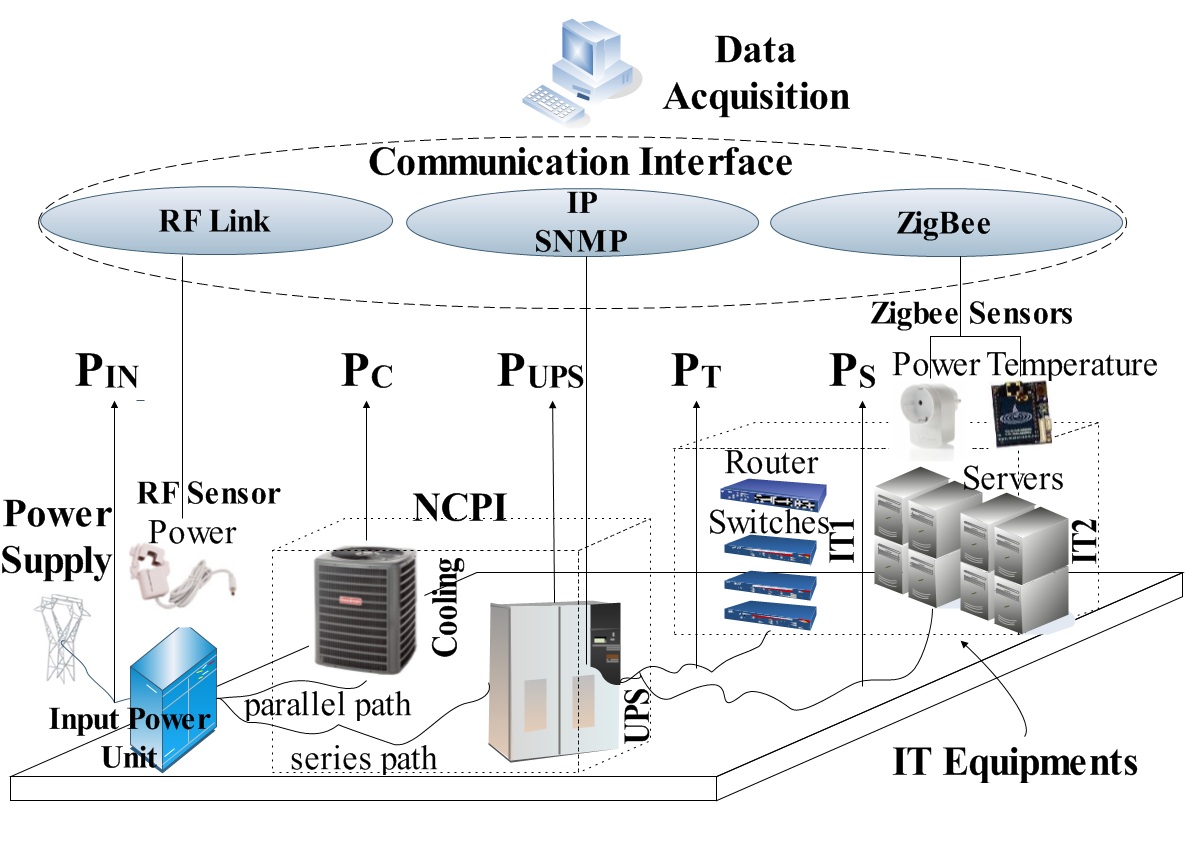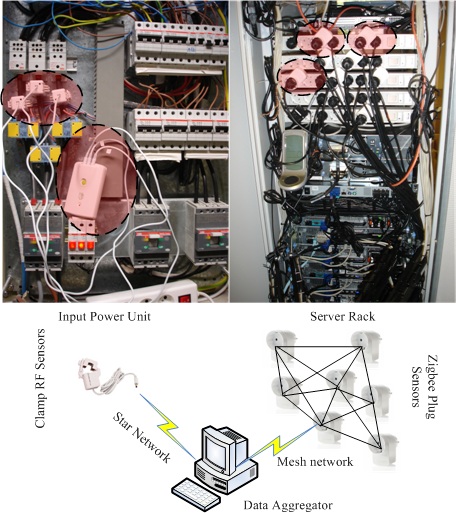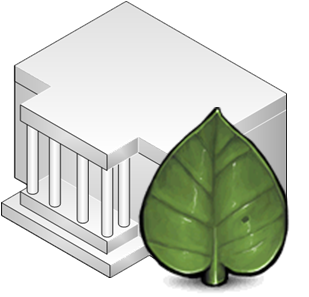Applications
Above the middleware layer (Web Services) applications of various logic can manage the system towards achieving various goals. Some of these methodologies applied in Smart IHU are listed below. To see what is currently developed, please go to the Development section.Desktop and Mobile Applications
These applications solely provide user interfaces for the service endpoints. Both desktop and mobile applications are enhanced to provide optimum usability and maximum functionality.Rules & Logic
Multi or single Agent systems are employed to manage the system's appliances. The Agents take decisions according to sensor readings, various context and their internal rule base, which is also dynamic. That way, a maximum user comfort level can be achieved while maintaining low power consumption.Service Matching, Selection, Discovery, Composition
The Semantic Web Services provided via the middleware can easily be matched against semantic queries. Equivalently, services can be selected and discovered based on similar criteria. Furthermore, if many composable services are selected, automatic service composition can occur. Thus, all these service lifecycle can occur automatically.Smart Grid/Demand Response
We are developing demand response (DR) algorithms to maintain the load of the building below a given threshold. The DR algorithms are based on dynamic control and optimization schemes that initiate command flow to the smart actuators of the Smart IHU network that are connected to specific appliances. The DR algorithms commence only when it is necessary and more precisely when the load of the building approaches the threshold that is set by the user.Green Datacenter
The energy efficiency of the datacenter of the International Hellenic University is analyzed in real time and presented online. The datacenter comprises cooling and power units (UPS) that describe the network critical physical infrastructure (NCPI) and IT equipment such as servers, switches and routers. We have deployed a sensor network of smart meters within the datacenter to capture the energy consumption of the equipment and we use SNMP requests to capture important data such as CPU, bits processed, etc.


To characterize the energy efficiency of the datacenter we model and measure in real time the energy efficiency metrics that are published by the Green Grid association
More precisely we measure
- Power Usage Effectiveness (PUE)
- Energy efficiency of the telecommunication equipment described by the ratio Mbits/kWh
- Energy efficiency of the server equipment described by the ratio jobs/kWh

